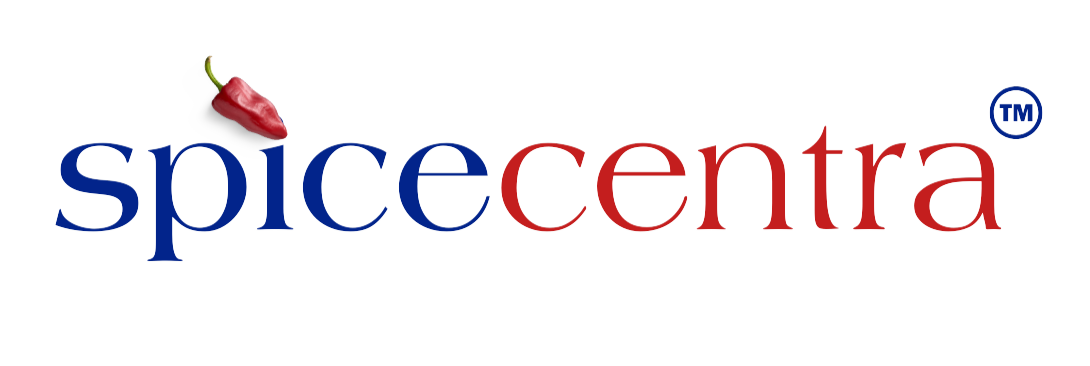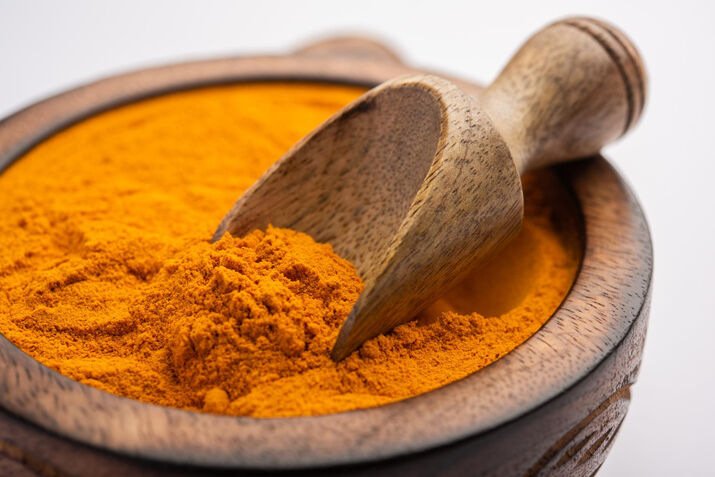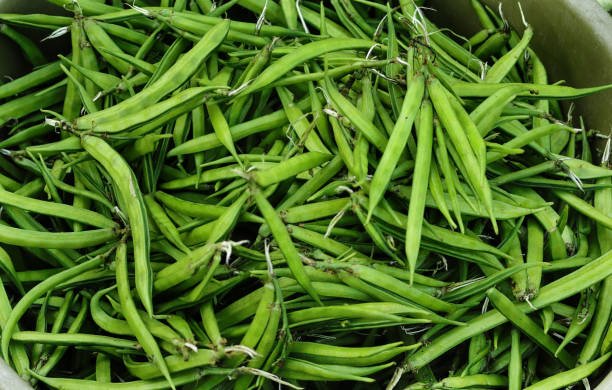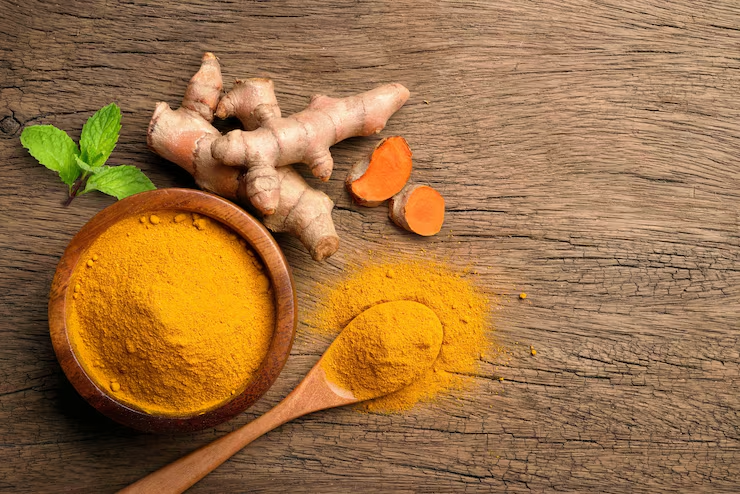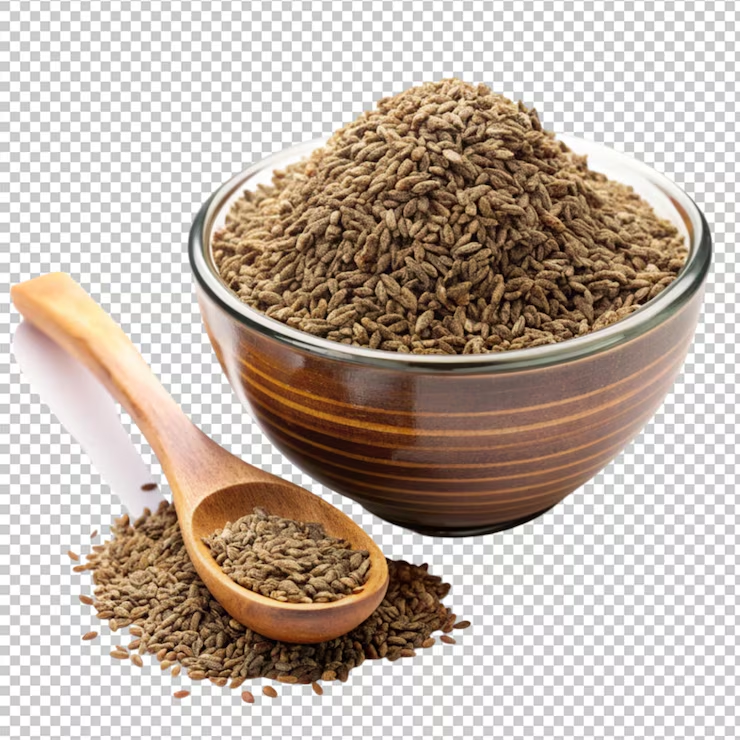As per the press release issued by the National Turmeric Board in October 2023, India leads the world in turmeric production, consumption, and exports, accounting for more than 75% of the world’s total production. This makes India the strongest hub for any turmeric exporter looking to scale globally.
The states in India that host the largest number of turmeric exporters in India include Tamil Nadu, Telangana, and Karnataka. On the receiving end are countries like Bangladesh, the United Arab Emirates, the United States, and Malaysia, which are the top export destinations for Indian turmeric exporters.
This blog explores methods of processing turmeric in brief to determine which method suits turmeric exporters the best.
Conventional Methods of Processing Turmeric
The traditional method of processing turmeric involves steps as highlighted:
- Curing—boiling fresh rhizomes until they become soft.
- Drying—Cooked fingers are dried in the sun.
- Polishing—Manual polishing involves rubbing fingers on a hard surface, while improved methods use a hand-operated drum or drum with expanded metal mesh.
- Storing—Processed turmeric is stored in tight containers away from sunlight, usually in cool and dry places.
The problem with conventional processing methods lies in their processing time and the uneven quality of the final product, which may cause trouble for the turmeric exporters.
For businesses planning to export turmeric from India, relying solely on conventional methods may pose risks in terms of hygiene and consistency.
Modern Methods Processing Turmeric
- Machine-based curing.
- Cross-flow hot air drying at 60 degrees.
- Using polishing drums that could be powered or manually turned.
- Mechanical grinding and packaging solutions.
While the modern methods may need investment, they provide faster processing time with better hygiene and consistent product quality. It may not be convenient for small-scale traders to get easy access to modern machinery. However, turmeric exporters like SpiceCentra still choose organic, premium-quality products for their consumers.
By balancing traditional knowledge with modern practices, a turmeric powder exporter can ensure faster turnaround, standardized quality, and global compliance.
Market Preference for Processed Turmeric
Fine quality dried and processed turmeric is in demand from various sectors, which is drawing the attention of turmeric exporters too.
- Flavoring agent.
- Demand for organic products.
- Well-processed turmeric is required in pharmaceutical and cosmetic items.
- Dyeing agent for the textile industry.
To summarize, modern methods need to be adopted so that turmeric exporters can fulfill market demands while maintaining quality and maximizing profitability. Maintaining quality across these diverse applications requires the expertise of an experienced exporter of turmeric, who can adapt processing methods to meet international demand.
FAQs
Q1: Who is a turmeric exporter?
A turmeric exporter is an Indian company or cooperative that processes, packages, and ships turmeric products—like powdered turmeric, curcumin extracts, and turmeric oil—to international buyers.
Q2: Why is India’s turmeric exporter status significant?
India, supplying nearly 80–90% of the world’s turmeric, dominates global markets due to its high-curcumin varieties and strict quality standards.
Q3: How do turmeric exporters meet international regulations?
Turmeric exporters adapt by adhering to pesticide residue limits (MRLs), heavy metal testing, contamination screening, traceability systems, and certifications like HACCP, ISO 22000, USDA Organic, and FSSAI.
Q4: What products do a typical turmeric exporter offer?
A turmeric exporter typically offers raw dried turmeric, turmeric powder, turmeric oil, oleoresin, and curcumin extracts—plus value-added items like capsules and spice blends.
Q5: How do turmeric exporters ensure product quality?
They employ advanced processing—cooking, drying, polishing, and grinding—and use testing tools like HPLC, GC, and microbiological screening at each stage.
Q6: How do turmeric exporters collaborate with farmers?
Exporters use contract farming, training, fair trade practices, and technology like blockchain and IoT to ensure sustainable sourcing and traceability.
Q7: Who is a turmeric exporter?
A turmeric exporter is a company or individual in India that sources raw turmeric rhizomes, processes them into forms like turmeric powder, oil, or curcumin extracts, and ships them to international markets. Exporters ensure compliance with global food safety regulations, certifications such as FSSAI, HACCP, and USDA Organic, and provide quality packaging to meet buyer requirements worldwide.
